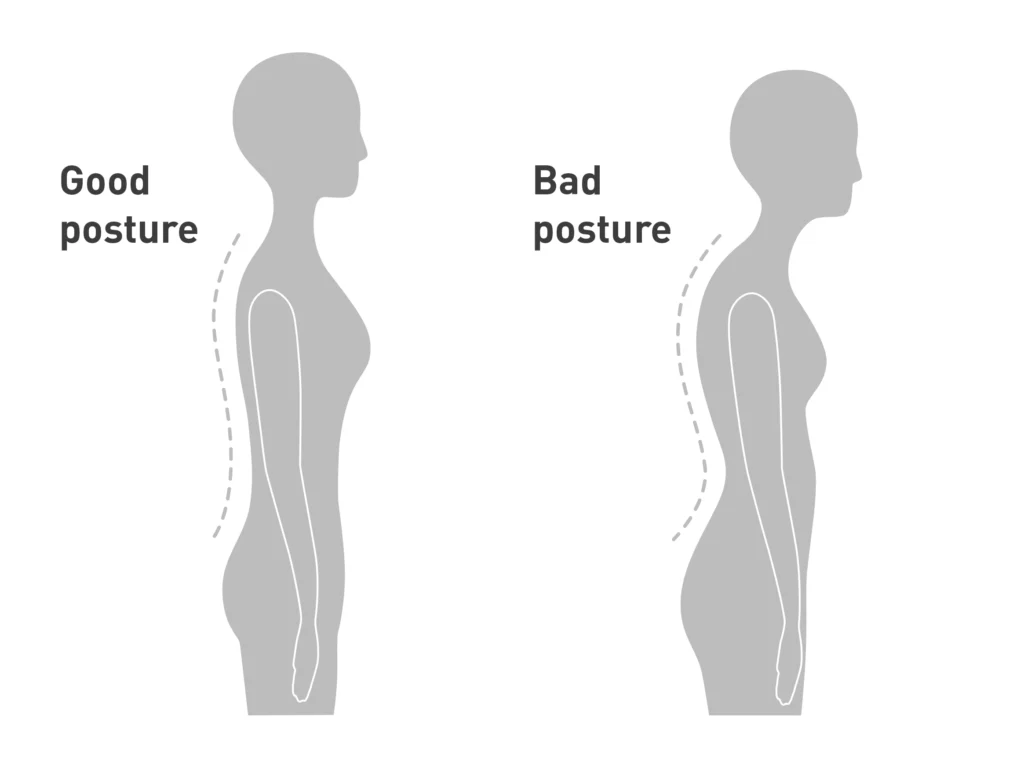What is an abdominal diastasis?
by Jenny Constable, Consultant Woman’s & Men’s Health Physiotherapist at Six Physio Fitzrovia
During pregnancy, as your baby grows, your abdominal muscles and fascia must stretch to allow more room. The main muscle we are talking about is the Rectus Abdominus AKA ‘the six pack’ and the fascia, the Linea Alba. The Linea Alba connects the two halves of the Rectus Abdominus together. During pregnancy the hormone Relaxin is released, this causes the Linea Alba to become softer and more likely to stretch. This stretching can cause the two halves of the Rectus Abdominus to separate. This is totally normal and up to 90% of women at 36 weeks will have a degree of diastasis.
So, why does this cause the muscles to separate?
When you use your tummy muscles, such as getting out of bed or the bath, the Rectus Abdominus will tighten, pulling the Linea Alba sideways. If the Linea Alba is stretchy or was already stretched before pregnancy you will see a bulge/dome or peak coming out of your tummy. The bulge is created as the increase in intra-abdominal pressure during these activities causes your organs to push outwards. As the Linea Alba stretches, it becomes even softer. The more it stretches apart, the less tension you have over your stomach. This will have an implication for getting your tummy back after delivery.
Top 10 tips on how to look after your tummy muscles whilst pregnant
1) Posture
Posture is usually the main area of focus, it can make a big difference with only a little effort. The problem is that a lot of pregnant women tend to adopt a sway posture, this promotes the muscles and fascia on the front to become long. When the muscles on your front become long it can cause them to lose tension when you return to a normal posture after pregnancy. You can help improve your post-natal recovery by correcting your posture during pregnancy.

- Firstly, make sure you soften your knees, don’t lock them straight.
- Gently tuck your tail bone underneath you, practice this against a wall.
- Bring your ribs down and forward.
The aim is to remember to correct your posture throughout the day, even if it means taking small breaks at work to practice.
2) Rolling in our bed
As soon as you find out you are pregnant you should get into the habit of rolling in and out of bed. This will help you to avoid doing a daily sit up and reverse sit up which will cause more stretching in the muscles and fascia.
3) Avoid sit ups / plank type abdominal exercises
This will cause you to have long strong front muscles and potentially stretch the Linea Alba further, making post-natal recovery harder. Planks are just as intense as crunches; however, we do want you to work the deep core…
4) It’s ok to work the deep core
To help reduce the pressure on your Linea Alba and Rectus Abdominus muscles, it’s important to work your inner tummy muscles aka the transverse abdominus. This helps to create lift and avoid stretching of the outer muscles.
To contract this muscle, gently pull your belly button in towards your spine or try to gently lift your bump. Try to hold this while doing other general exercises I.e., lifting, rolling in bed and when you go to stand up.
If you are doing this exercise correctly your tummy should shrink a little in size. If you are pulling too hard with your outer abdominals your tummy might go into a more pronounced point.
5) Lifting
Any heavy lifting that you have to really think about should ideally be avoided. However, if you have toddlers then this is not always possible. When lifting make sure you really correct your posture and contract the deep tummy muscle as per tip number 4.
6) Coughs and colds
Illness is always a problem this time of year. The power of coughs can really put pressure on those stretched tummy muscles. When coughing, try to sit down and make sure you squeeze your pelvic floor muscles. This can help reduce tension on the tummy muscles.
7) Morning sickness
Being continuously sick, like coughing, can cause pressure on your tummy muscles. Whilst unavoidable in most cases, it can be helped sometimes by making sure you are eating little and often. As difficult as it sounds you should attempt to squeeze your pelvic floor muscle during any bouts of sickness.
8) Posture … did I mention this already?
9) Playing with toddlers
Just being mindful of how you get on and off the floor when playing can make all the difference. Try not to make any quick, unconsidered movements whilst playing. Make sure you roll on to your side when getting up from the floor.
10) See a physio for a postnatal check-up at 6 weeks
See a physiotherapist at 6 weeks so that they can check your abdominal muscles early on and advise what exercises to do and check your progress.

